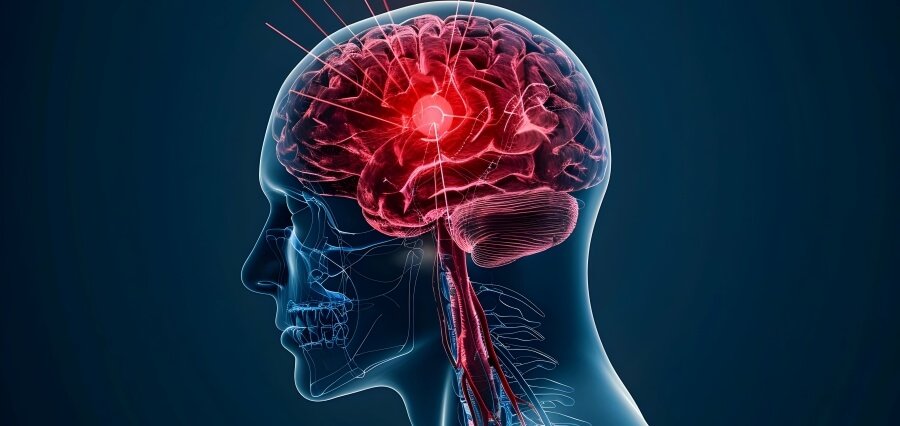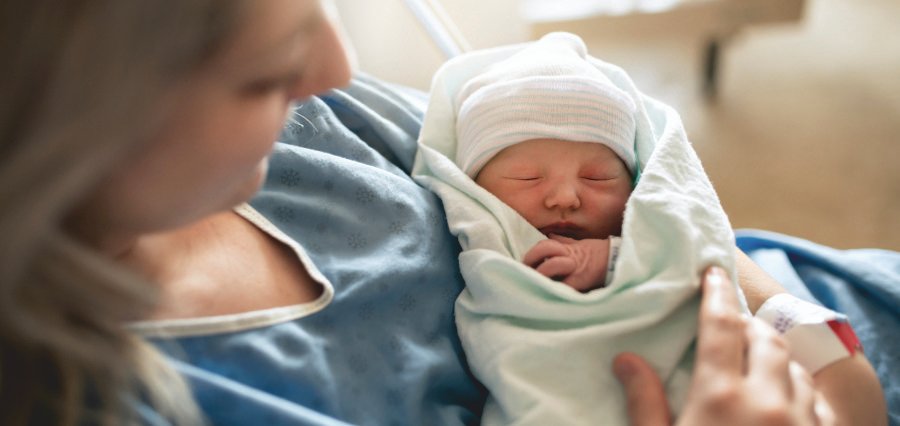Prime Highlights:
Ruvimbo Kaviya, a 40-year-old nurse from Leeds, became the first person in the UK to undergo keyhole surgery to remove a tumor through her eye socket.
The tumor, a meningioma, was located beneath her brain and behind her eyes, in the cavernous sinus area, which was previously considered inoperable.
The surgery was performed by the Leeds Teaching Hospitals NHS Trust using advanced 3D technology to plan the procedure and rehearse it with a replica of Kaviya’s skull.
Key Background:
In a groundbreaking medical procedure, a 40-year-old nurse from Leeds became the first person in the UK to undergo an operation that removed a tumor through her eye socket using keyhole surgery. Ruvimbo Kaviya had a meningioma, a type of tumor located beneath her brain and behind her eyes, successfully removed through this innovative approach at Leeds Teaching Hospitals NHS Trust.
Previously, tumors located in the cavernous sinus – a difficult-to-reach area – were considered inoperable or required highly invasive brain surgery, involving the removal of a large portion of the skull. However, technological advancements, particularly the use of 3D modeling, have made these surgeries safer and more effective.
Ms. Kaviya had been suffering from excruciating headaches that felt like electric shocks to her face, which made eating and even brushing her teeth painful. Describing the experience as incredibly stressful, she agreed to the experimental procedure, despite the inherent risks. The surgery, performed in February 2024, lasted three hours, and Ms. Kaviya was walking later the same day.
Leading the surgical team, neurosurgeon Asim Sheikh highlighted how advancements in technology, including 3D planning, enabled direct access to this difficult region without putting pressure on the brain. The procedure was carried out with the help of a detailed 3D replica of Ms. Kaviya’s skull, which allowed the team to rehearse the operation beforehand with unparalleled accuracy.
Biomedical engineer Lisa Ferrie, who oversaw the 3D planning service, expressed pride in the technology’s role in such a groundbreaking operation, which offered Ms. Kaviya an expedited recovery. Remarkably, she was back at work as a stroke nurse just three months post-surgery, with only a small scar near her left eye as evidence of the procedure. Ms. Kaviya’s recovery was swift, and she is now free from the debilitating pain that had previously overshadowed her daily life.





